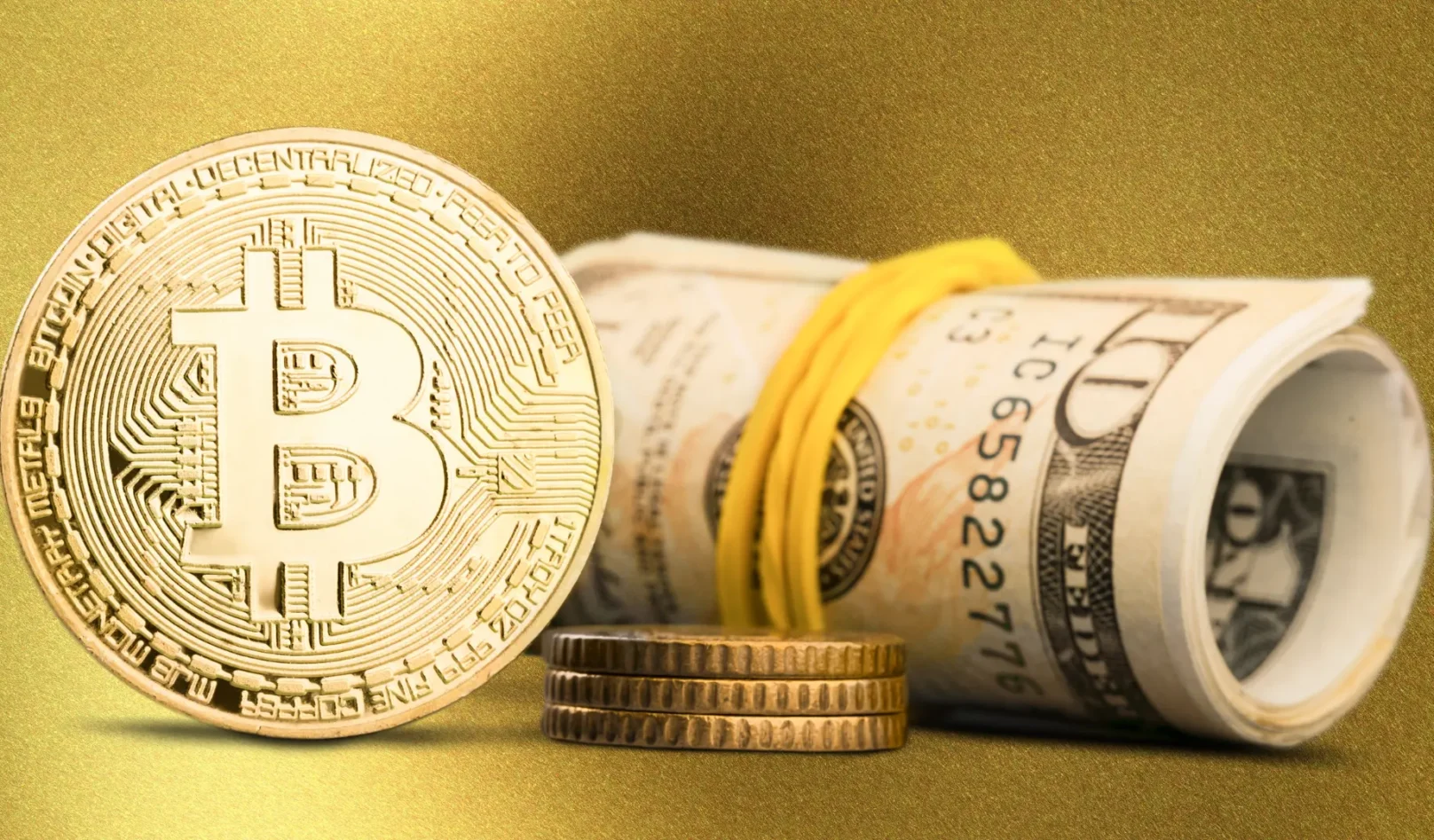
Money and payment systems have evolved dramatically over the centuries. From the cumbersome barter system to the convenience of tap-and-pay, technology has been the driving force shaping how we pay for goods and services. As innovations like blockchain, artificial intelligence, and the Internet of Things continue to transform the financial landscape, money as we know it is on the cusp of a digital revolution.
Historical Perspective: The Evolution of Money
From Barter to Digital: A Quick Recap
For most of human history, early civilizations relied on the barter system to exchange goods and services. However, this came with limitations, as it depended entirely on a ‘double coincidence of wants’. The introduction of coins and paper money as a medium of exchange circa 600 BC helped overcome many of the inconveniences of barter.
Paper currency and coins dominated for centuries until the 1900s, when credit cards and electronic transfers started gaining prominence. Plastic cards and digital payments offered unparalleled convenience and security. They minimized the need to carry hard cash and enabled swift transactions across long distances.
The internet boom of the 1990s catapulted the financial ecosystem further into the digital realm. As smartphone ownership exploded in the 2000s, services like Apple Pay and Google Pay emerged, allowing users to instantly pay with their mobile devices. These advances have led to cashless transactions becoming ubiquitous in just a few decades.
However, as monumental as these leaps have been, the financial industry stands at the precipice of even greater transformation today. Blockchain, cryptocurrencies, AI, and other technologies promise to revolutionize money further, shaping it for the digital age.
Blockchain: The Revolutionary Technology Behind Cryptocurrencies
What is Blockchain?
Blockchain is a decentralized, distributed digital ledger that records transactions in a verifiable and permanent way. Its network uses cryptographic functions to ensure security and transparency in an open-source environment without third-party intervention.
Every transaction on a blockchain is grouped into ‘blocks’ that contain precise transaction data and are assigned a cryptographic hash. These hashes chain the blocks together sequentially, preventing any tampering of records. This lends blockchain its security and accuracy.
Cryptocurrencies: More Than Just Bitcoin
When most people hear ‘cryptocurrency’, Bitcoin usually comes to mind. But the crypto space has expanded far beyond Bitcoin. There are now over 10,000 cryptocurrencies, also called ‘altcoins’, with unique capabilities.

For instance, Ethereum facilitates smart contract functionality, while Ripple aims to revolutionize cross-border payments. Litecoin offers faster transaction times, whereas Monero emphasizes enhanced privacy and anonymity. Each altcoin innovates on Bitcoin’s foundational premise in its own way.
Benefits of Blockchain in the Financial Sector
By allowing peer-to-peer transactions without intermediaries, blockchain offers some major advantages in finance. Its decentralized nature circumvents bottlenecks that could arise with a centralized system. Irreversible transaction records minimize fraud, enhancing trust and transparency.
Smart contracts are self-executing agreements encoded on blockchains. These automate and streamline processes like loan approvals, insurance pay-outs, and more with minimal human intervention. Blockchain thus unlocks speed, efficiency, accuracy, and security across financial services.
Beyond Blockchain: Other Technologies Reshaping the Financial Landscape
Digital Wallets and Mobile Payments
Smartphones have enabled tap-and-pay services through digital wallets like Apple Pay, PayPal, Venmo and cryptocurrency wallets. Merging seamlessly with biometrics like fingerprint or facial recognition for security, these provide unmatched convenience. As per Juniper Research, the value of mobile wallet transactions is predicted to exceed $12 trillion by 2026.
Artificial Intelligence in Banking
AI is augmenting tasks in banking and finance using machine learning. Chatbots now handle customer service queries without human input. For investment firms, AI conducts predictive data analytics to forecast market trends and fine-tune trading strategies. This provides rapid, data-driven insights for precision decision making.

The Role of the Internet of Things (IoT)
By interconnecting smart devices, the IoT allows homes and appliances to manage finances autonomously. For example, refrigerators can automatically order groceries when supplies run low. Utilities like electricity and gas can be paid for based on real-time usage. As IoT ecosystems grow, they promise to create highly personalized, intelligent banking experiences.
Challenges and Concerns: The Road Ahead
Regulatory Hurdles and Cryptocurrencies
The decentralized nature of cryptocurrencies creates confusion around applicable laws and jurisdiction. There are ongoing debates regarding if and how cryptos should be regulated. The blockchain industry needs clear legal frameworks to resolve uncertainties and build trust while continuing to foster innovation.
Technological Barriers and Adoption Rates
Many developing countries lack the infrastructure for high-speed internet access required for digital finance solutions. And for such innovations to be embraced, people need to overcome initial wariness stemming from cybersecurity fears or lack of understanding. Progress relies on building robust systems and public confidence simultaneously.
Conclusion: The Future is Digital
Embracing Change: The Way Forward
Change is inevitable, as finance is primed to move to a digital-first model. But it requires prudent planning and collective readiness from policymakers, industry and consumers. With thoughtful implementation, the economic potential of emerging innovations can be unlocked responsibly. Financial literacy and digital skills will be at a premium in this landscape.
Key Takeaways
- Money has evolved continuously, from prehistoric bartering to today’s e-payments, driven by technology. This will continue with blockchain, AI and IoT.
- Cryptocurrencies have introduced decentralization, but face adoption and regulatory challenges.
- Digital wallets, AI analytics, and automated IoT payments offer personalization and convenience alongside security.
- Change demands updated policies, robust infrastructure, tech literacy and public trust.
The financial system stands at an exciting junction. With digitization increasingly permeating currency and banking, users worldwide can look forward to more seamless, intelligent, and dynamic money management experiences. But realizing this requires an open yet balanced approach that welcomes promising innovations while centering on security and inclusion. If navigated well, the potential benefits for both consumers and the wider economy are immense.
